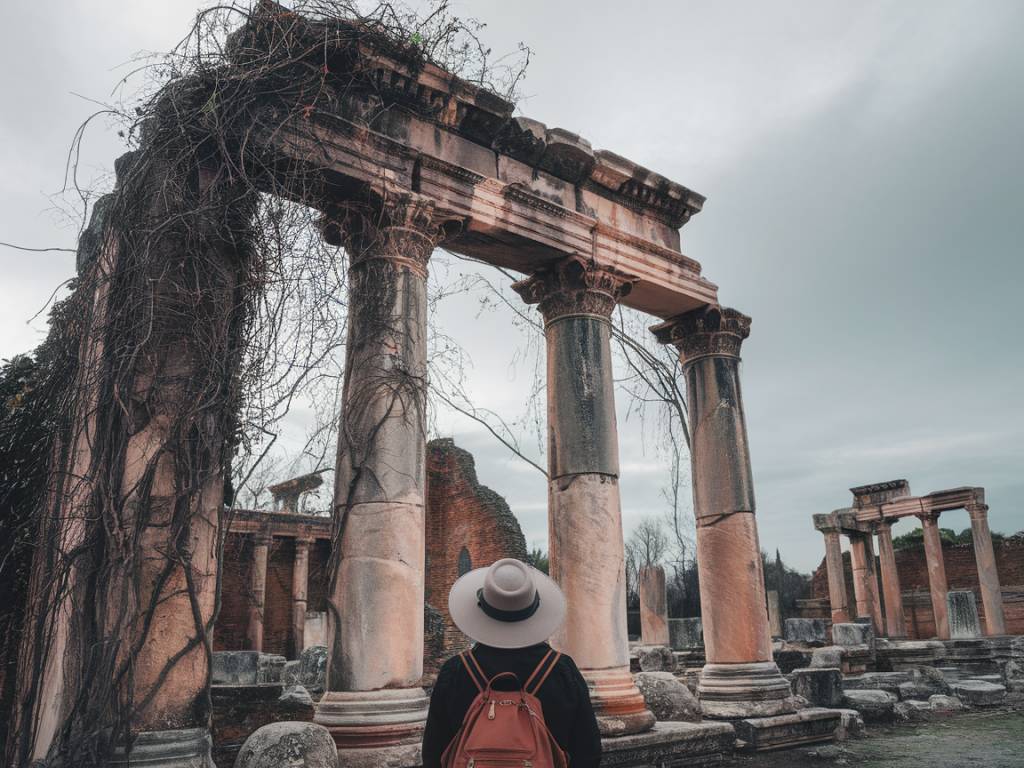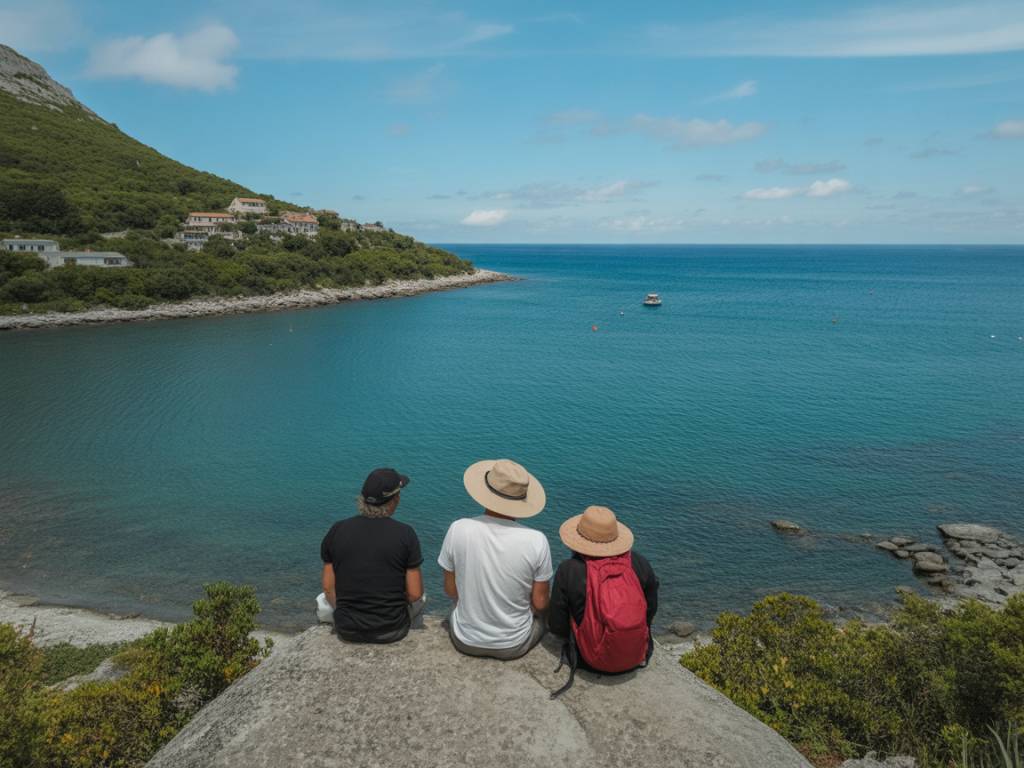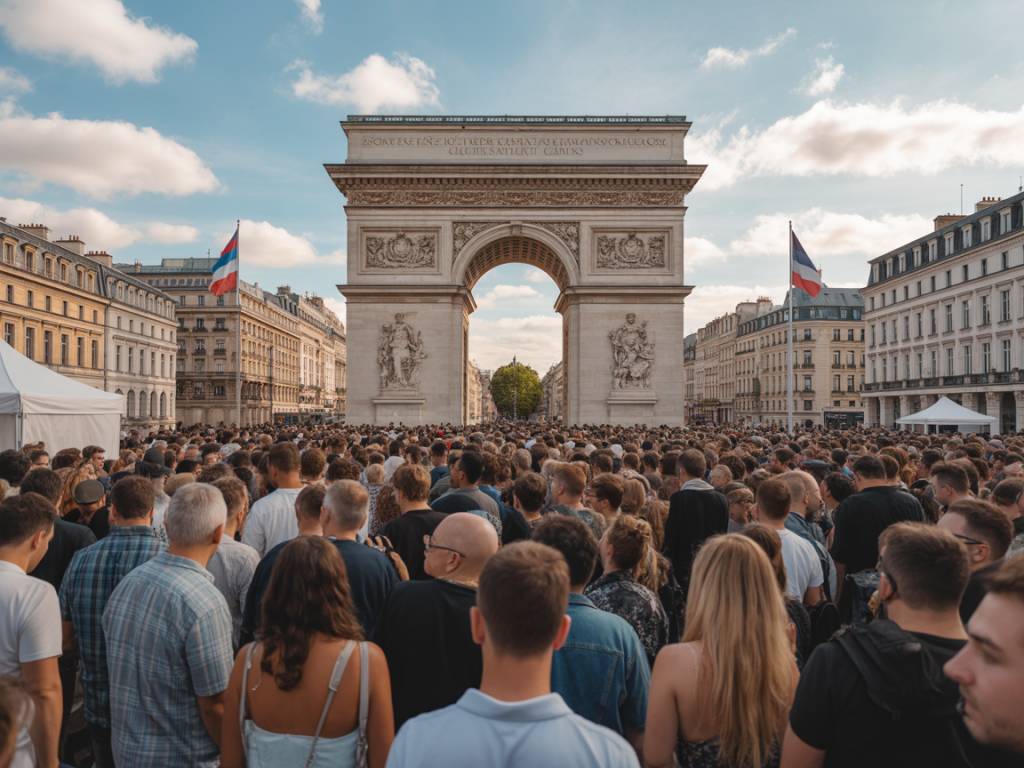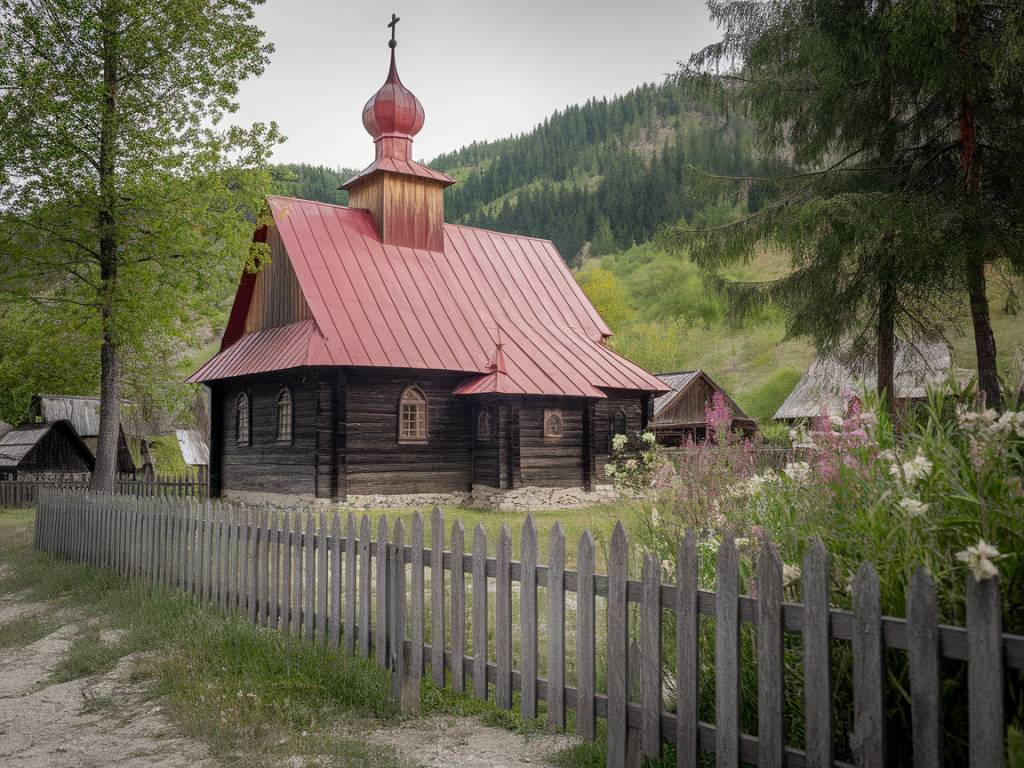Exploring Ancient Ruins: A Journey Through History
Embarking on a journey to explore ancient ruins is like stepping into a time machine. These remarkable remnants of past civilizations provide us with a direct link to our history, unveiling stories of architectural prowess, cultural evolution, and societal changes. Ancient ruins are not merely stones and rubble; they are silent narrators of human endeavour and resilience, waiting for modern explorers to decode their tales.
The Fascination with Ancient Ruins
The allure of ancient ruins lies in their mystery and grandeur. From the grandeur of the Egyptian pyramids to the enigmatic statues of Easter Island, these sites captivate the imagination and spark an insatiable curiosity about the past. Ancient ruins offer a tangible connection to history, making the abstract more concrete and relatable. Whether you’re a history buff, an anthropology student, or a casual traveler, visiting these sites provides a profound learning experience.
Must-Visit Ancient Ruins Around the World
The Egyptian Pyramids
One of the most iconic symbols of ancient history, the Egyptian pyramids, located in Giza, are a testament to the ingenuity and determination of the ancient Egyptians. These colossal structures were built as tombs for pharaohs and are aligned with astonishing precision to the stars. Visiting Giza offers a glimpse into the complexities of ancient Egyptian society and their advanced understanding of mathematics and astronomy.
Machu Picchu
Hidden high in the Andes Mountains in Peru, Machu Picchu is a marvel of Incan architecture. This ancient city, often referred to as the « Lost City of the Incas, » showcases incredible stonework and sophisticated terraces for agriculture. The site provides insights into the Incan way of life and their impressive engineering skills.
Pompeii
Pompeii, located near Naples in Italy, offers a hauntingly preserved snapshot of Roman life. Buried under volcanic ash in 79 AD due to the eruption of Mount Vesuvius, Pompeii’s ruins include homes, temples, and public spaces. The artifacts and frescoes uncovered here give us a detailed view of Roman daily life, social structures, and artistry.
Angkor Wat
Angkor Wat in Cambodia is one of the largest religious monuments in the world. Originally constructed in the early 12th century as a Hindu temple, it gradually transformed into a Buddhist shrine. The temple complex is renowned for its intricate carvings, vast moat, and central tower that elegantly rises from the jungle floor, epitomizing Khmer architectural brilliance.
The Importance of Preservation
Preserving ancient ruins is crucial for maintaining our connection to human history. These sites offer invaluable insights into different cultures and eras, highlighting human achievements and mistakes alike. Conserving these landmarks ensures that future generations can continue to learn from them. Yet, preserving ancient ruins is a complex task that requires international cooperation, advanced technology, and often, significant financial resources.
The threats to these historical treasures are numerous. Environmental factors, such as erosion, earthquakes, and climate change, pose a significant risk. Human activities, including urban development and tourism, also have the potential to cause irreversible damage. Responsible tourism practices, sustainable development, and funding for conservation projects are essential steps in protecting these invaluable sites.
How to Prepare for Visiting Ancient Ruins
Visiting ancient ruins is an exciting adventure, but it requires some preparation to ensure a rewarding experience. Here are a few tips to keep in mind:
- Research: Learn about the history and significance of the site beforehand. Understanding the context will enhance your appreciation of the ruins.
- Guided Tours: Consider taking a guided tour. Knowledgeable guides can provide insights and anecdotes that you might not find in guidebooks.
- Respect: Treat the site with respect. Follow local guidelines and regulations to ensure you do not damage the structures.
- Gear Up: Wear comfortable footwear and bring essentials like water, sunscreen, and a hat. Some sites may have uneven terrain and require significant walking.
- Photography: While taking pictures is often encouraged, be mindful of the rules regarding flash photography and touching artifacts.
Recommended Gear for Exploring Ruins
To make the most of your journey exploring ancient ruins, having the right gear can enhance your experience. Here are some recommended items:
- Sturdy Footwear: Hiking boots or comfortable walking shoes with good grip are essential, especially for uneven terrains.
- Daypack: A lightweight, water-resistant backpack to carry your essentials like water, snacks, and a first-aid kit.
- Camera: A durable camera capable of capturing high-quality photos in various lighting conditions. Don’t forget an extra battery and memory card.
- Portable Charger: To keep your devices powered, especially if you plan to use your phone for navigation or photography.
- Guidebook: A comprehensive guidebook can provide valuable information and context during your visit.
- Travel Adapter: If you’re traveling internationally, ensure you have the appropriate travel adapter for your electronic devices.
The Impact of Ancient Ruins on Local Communities
Exploring ancient ruins doesn’t just provide a window into the past; it also impacts contemporary local communities. Tourism generated by these historic sites can be a significant source of revenue, supporting local economies and providing jobs. However, it’s essential for tourism to be managed sustainably. Excessive foot traffic and inappropriate behavior by tourists can lead to the degradation of these fragile sites.
Many communities surrounding ancient ruins have worked to balance the benefits and drawbacks of tourism. Initiatives include setting visitor limits, offering education on sustainable tourism practices, and involving local communities in conservation efforts. When visiting, travelers should strive to support local businesses, respect cultural norms, and contribute to ongoing preservation efforts.
Final Thoughts on Exploring Ancient Ruins
Exploring ancient ruins is not just about admiring old stones; it’s about connecting with the stories and people from a time long gone. These remnants of the past offer profound insights into human ingenuity, culture, and history. Each visit to an ancient ruin is a reminder of our shared heritage and a call to preserve these treasures for future generations. Whether you’re standing before the mighty columns of the Parthenon or wandering through the sacred paths of Angkor Wat, the experience is bound to be enriching and unforgettable.






